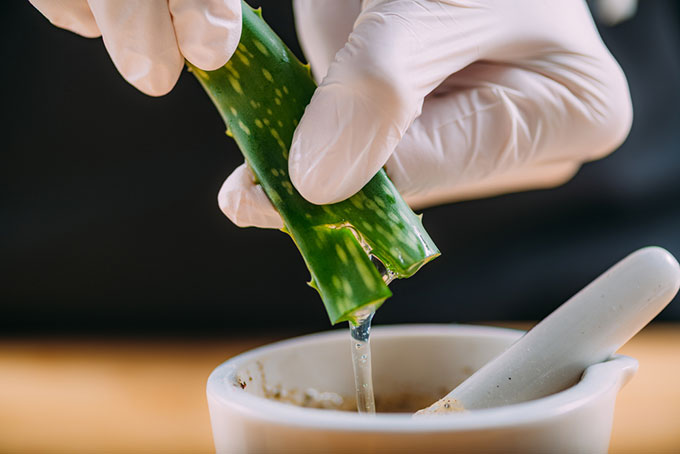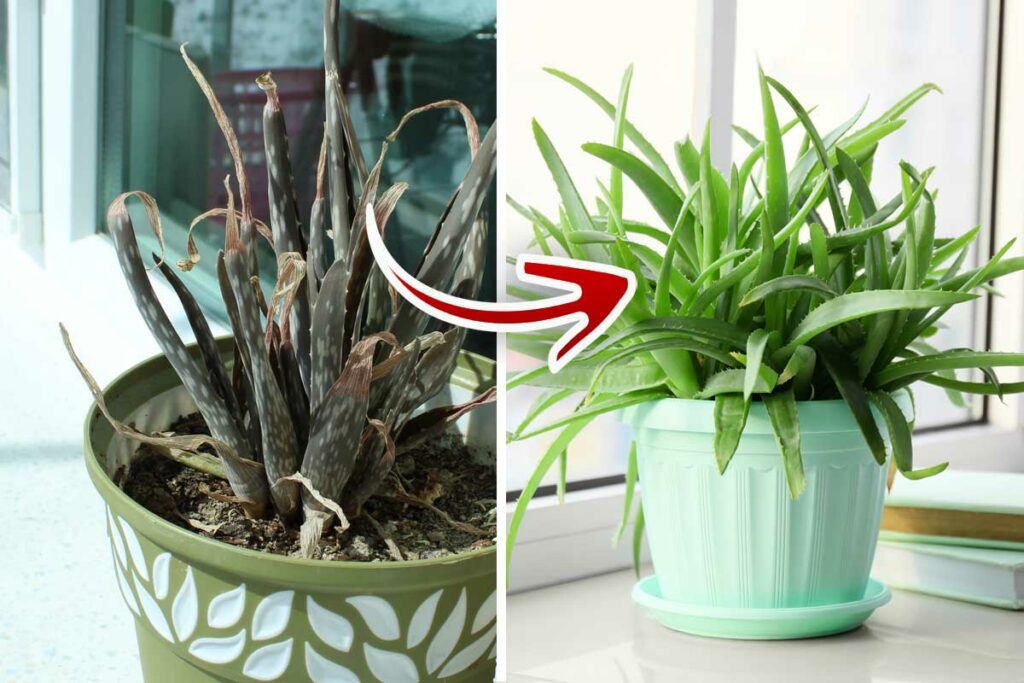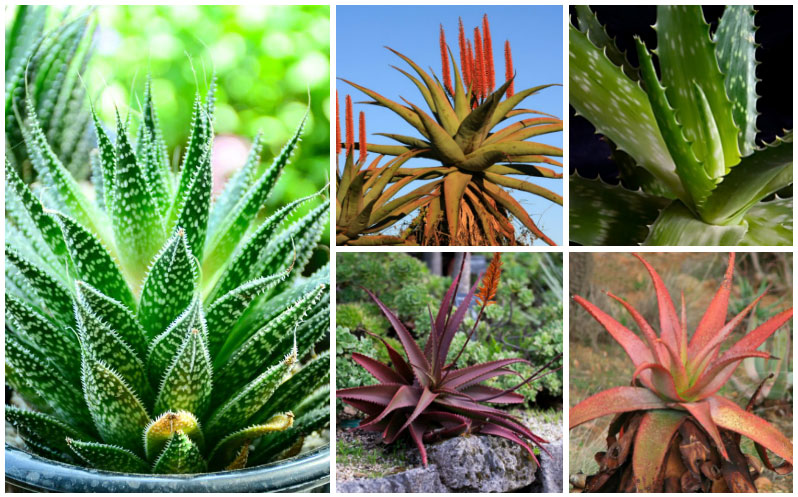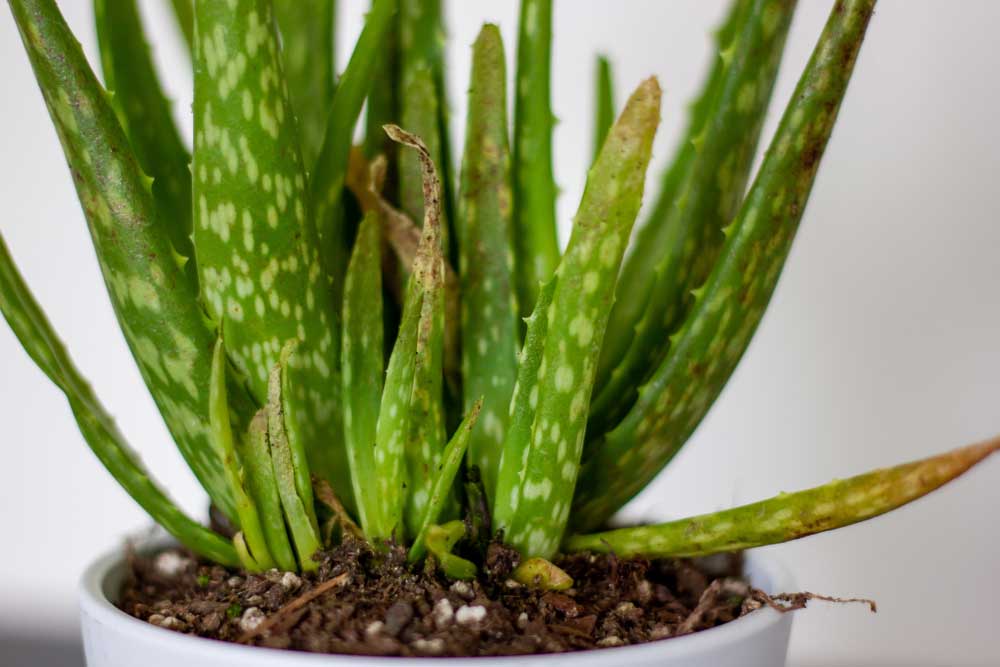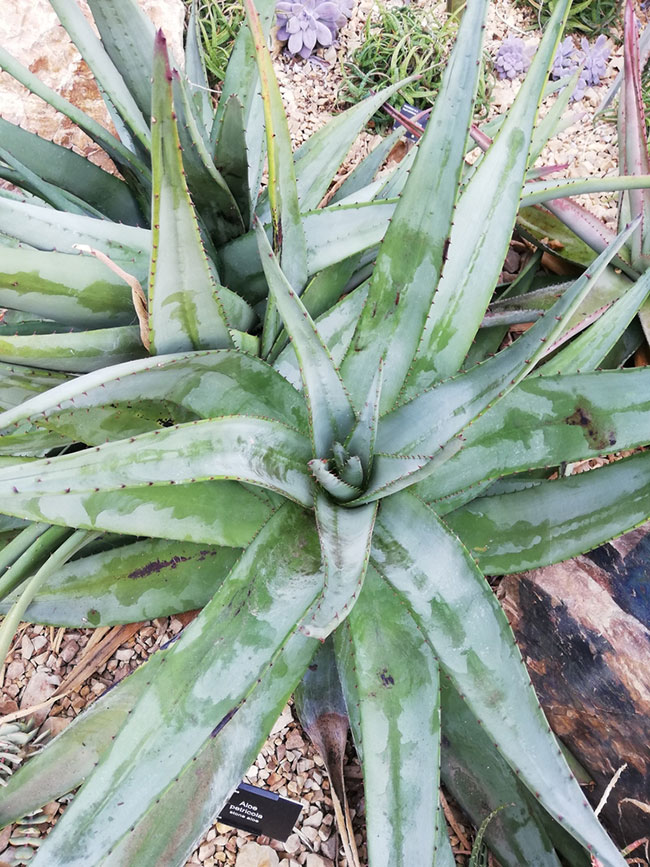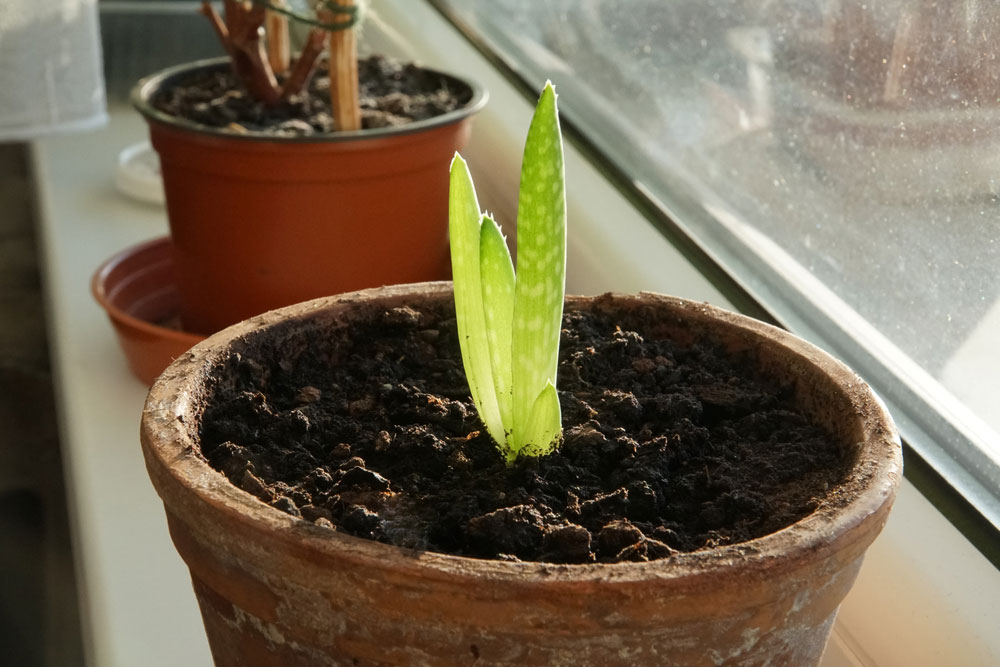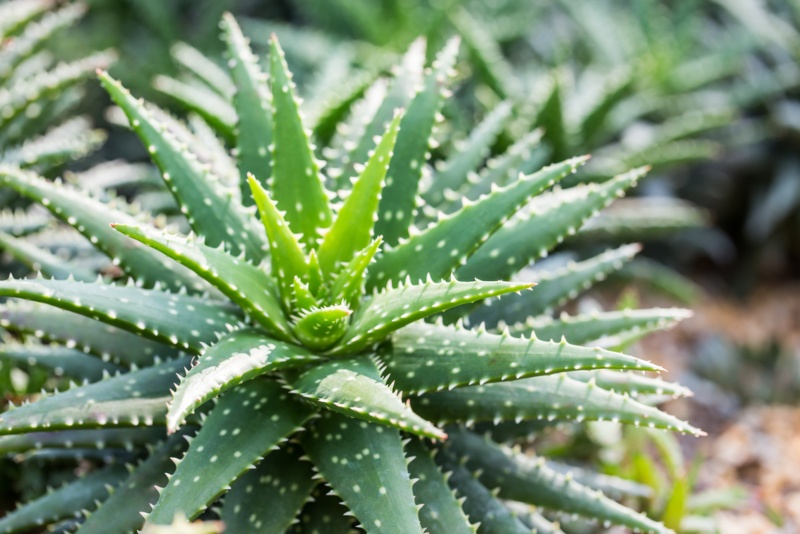
Aloe Vera originated on the Arabian Peninsula and made its way across the seas, and is now a popular and beneficial houseplant found all over the globe.
It’s a resilient plant, as long as it gets plenty of light and is adapted to soils with low nutrient levels, which means it doesn’t require fertilizer very often.
Before choosing a fertilizer for your Aloe Vera plant, it’s a good idea to understand a few general rules. These include:
- Only fertilize every six to 12 months
- Aloe Vera tolerates low nutrient levels better than high nutrient levels
- Use a dilute fertilizer
- Ensure the plant is in a pot and soil with good drainage
Understanding the Aloe Vera Plant
Aloe Vera is a succulent. Because of this, it tends to do well in dry conditions. As mentioned above, the plant originated in semi-arid and desert regions.
When planting your Aloe Vera, use well-draining, coarse soil. Opting for a commercial-grade cactus potting soil will be adequate. You can also use any soil you have and amend it using perlite or coarse sand. The goal is to ensure water flushes through the soil quickly without too much retention.
Your Aloe Vera plant will not grow well if it has wet roots for long periods of time. Putting it in an unglazed terra-cotta pot is recommended because this material “breathes.” If you use a plastic or glassy clay pot, air and moisture can’t get through and will cause problems for your Aloe Vera plant.
Now that you better understand the plant and the ideal growing conditions, it’s time to learn more about fertilizers, including how and when to use them.
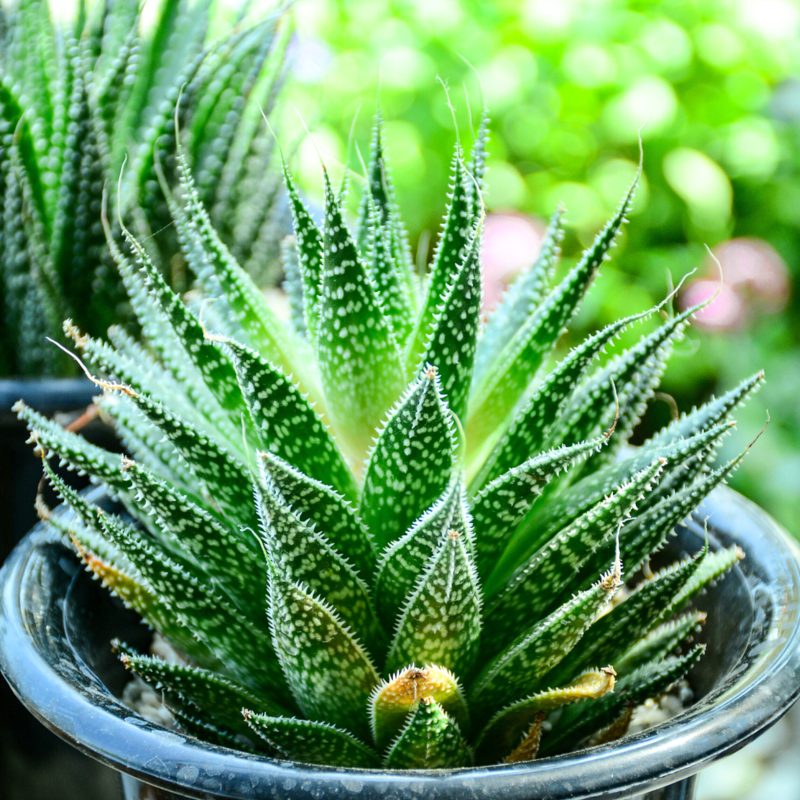
Fertilizing Your Aloe Vera Plant
Fertilizer is not a regular need for your Aloe Vera plant. You should limit applications to just when the plant is actively growing in the spring and summer months.
The top fertilizers for Aloe Vera mixes include liquid 10-40-10 mixes or a mix designed just for succulents. Don’t use granular fertilizers.
If you have your aloe in a container, make sure it is watered well the day before you plan to fertilize it. This will flush out any salts lingering in the soil and reduce the possibility of tip burn.
If you aren’t sure, use less fertilizer when it comes to your aloe plant. They don’t need many nutrients, and while a small boost can be beneficial, too much will have the opposite effect.
Top Fertilizer Options for Your Aloe Vera Plant
When you go to the store, you will likely find several types of fertilizers for aloe plants. Some of the top pick to consider include:
GrowBetter Organic Cactus and Succulent Fertilizer
This is a type of slow-release fertilizer. It takes a minimum of two months for all the nutrients to be released in the plant’s soil, which ensures the roots remain healthy and that your plant will flourish. It is a low-odor option and can be used as a top dresser or mixed with the soil.
Jobe’s Succulent Fertilizer Spikes
This type of fertilizer was created to provide a slow-release and to last throughout the year. The spikes can be buried beneath the soil and provide the nutrients directly to the plant’s roots. If you have pets, this is a smart option because it will not harm your animals.
Miracle-Gro Succulent Plant Food
The fast-acting nature of Miracle-Gro makes it a popular option for succulents like Aloe Vera. You can mix the fertilizer with water or apply it right to the soil.
Schultz Cactus Plus Liquid Plant Food
When it comes to great options for your Aloe Vera plant, this is one to consider. The liquid formula feeds into the roots each time you water your plant. Also, the box includes a dropper making the fertilizer easy to measure.
Getting Your Aloe Vera Plant to Grow and Thrive
If you want to ensure your Aloe Vera plant has the best chance to grow and thrive, keep the information above in mind. While it may be tempting to fertilize your Aloe plant like you do others, this isn’t necessary and may have the opposite effect. Knowing what to do and what to use will help you keep your aloe plants happy and healthy.









